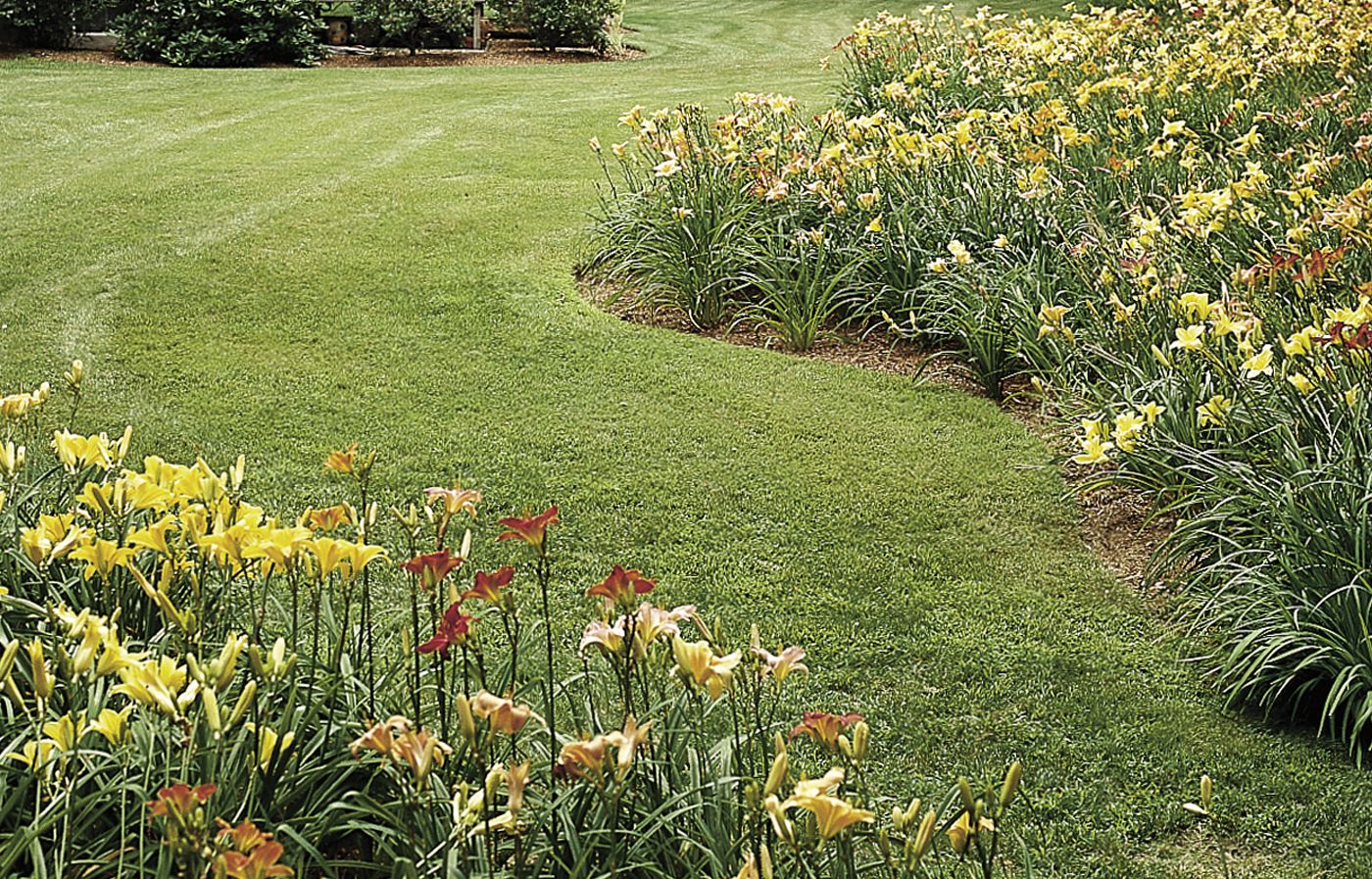The daylily is one of the easiest perennials to divide. This process helps prevent overcrowding, which reduces flowering and steals nutrients from nearby plants, possibly killing them. Dividing also rejuvenates the lilies, promoting new growth and overall plant health.
If you divide daylilies when clumps start to get crowded or their blooms are shy, usually after four or five years, you can start another patch elsewhere or give some to a friend to plant in their garden. Learn how in our guide.
Signs You Need To Divide Your Daylilies
Daylilies will warn you when they’re starting to overwhelm themselves. One major sign is reduced blooming. Flowers will become fewer, and they’ll likely become smaller. This is because the roots are struggling to provide nutrients to the entirety of the plant due to its size. Foliage that’s yellow or thin is also a sign it’s time to divide your daylilies. This indicates the plant is weak and malnourished.
Tools Needed for Dividing Daylilies
Gather the following tools to prepare for your daylilies project:
- Garden fork
- Garden gloves
- Pruning shears
- Sharp knife or spade
- Shovel
Step-by-Step Guide to Dividing Daylilies
According to Roger Cook, This Old House landscape contractor, the best time for division is either in early spring, as soon as new growth is visible above the ground, or in fall after they’ve finished blooming. We recommend watering the day before you plan to dig, as this will make the soil easier to work with.
Then, follow these steps to divide your daylilies without harming them.
Step 1: Loosen the Clump
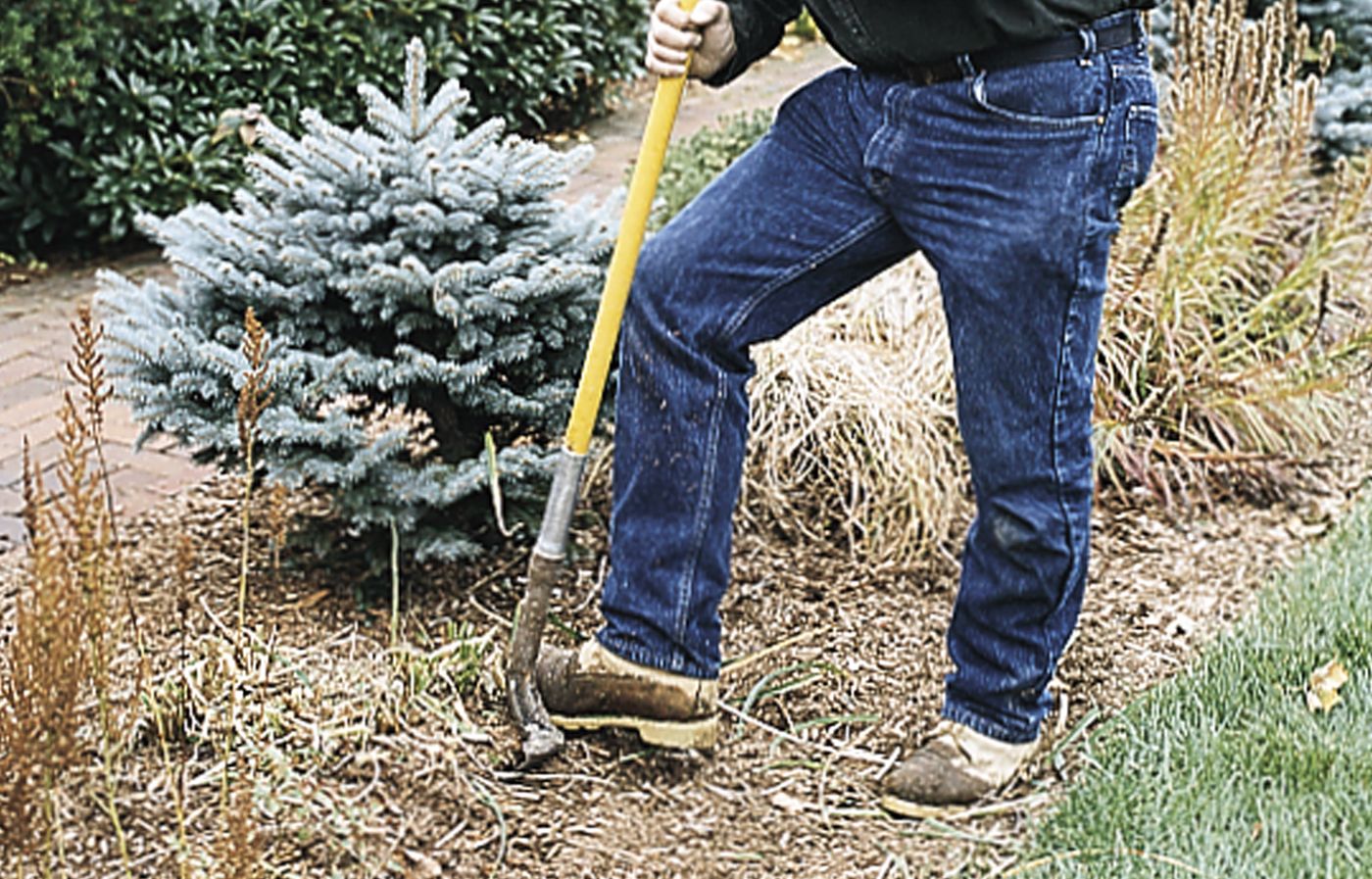
Use a sharp spade to score the earth around a clump of daylilies. (If dividing in fall, as shown here, trim off the tops of withered foliage with pruning shears first.)
Step 2: Dig Up and Remove Rootball
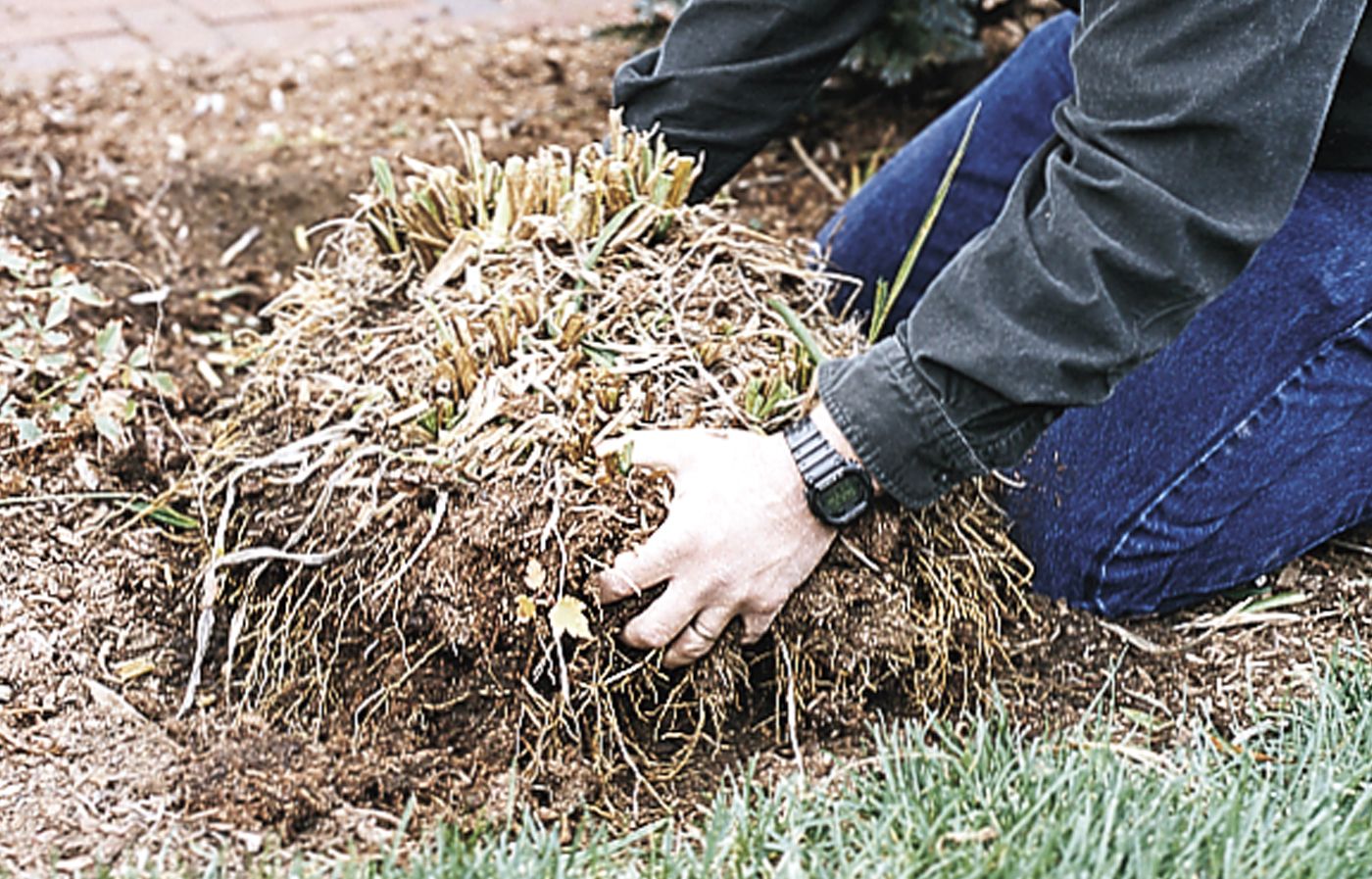
The roots generally exceed the boundaries of the foliage above them by several inches, so try to get as big a root ball as possible when you dig up a daylily clump.
Step 3: Divide the Clump
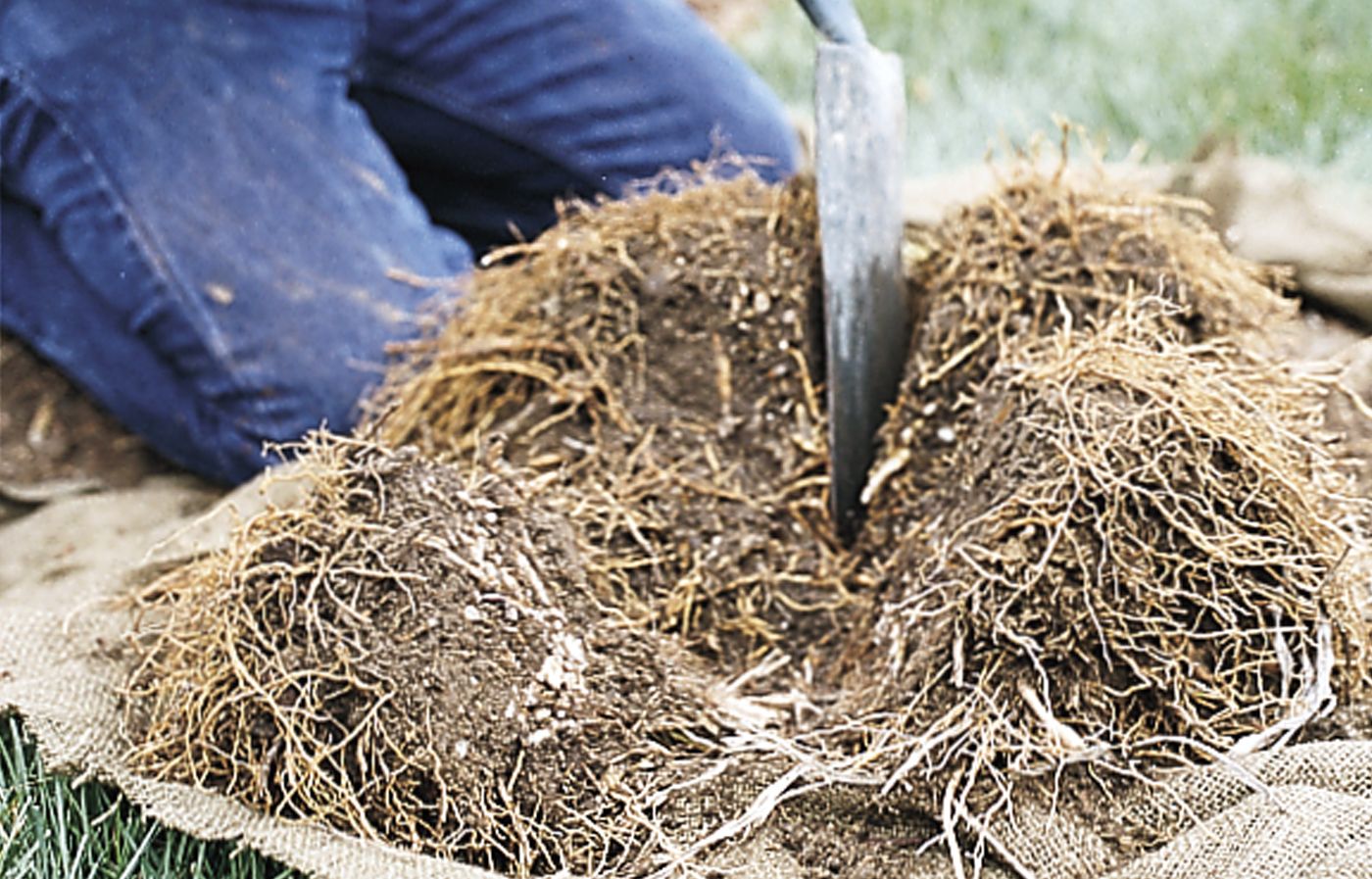
Turn the clump over and use the spade to divide it into 6- to 8-inch clumps. These can be transplanted as is, about 2 feet apart.
Step 4: Create Individual Fans
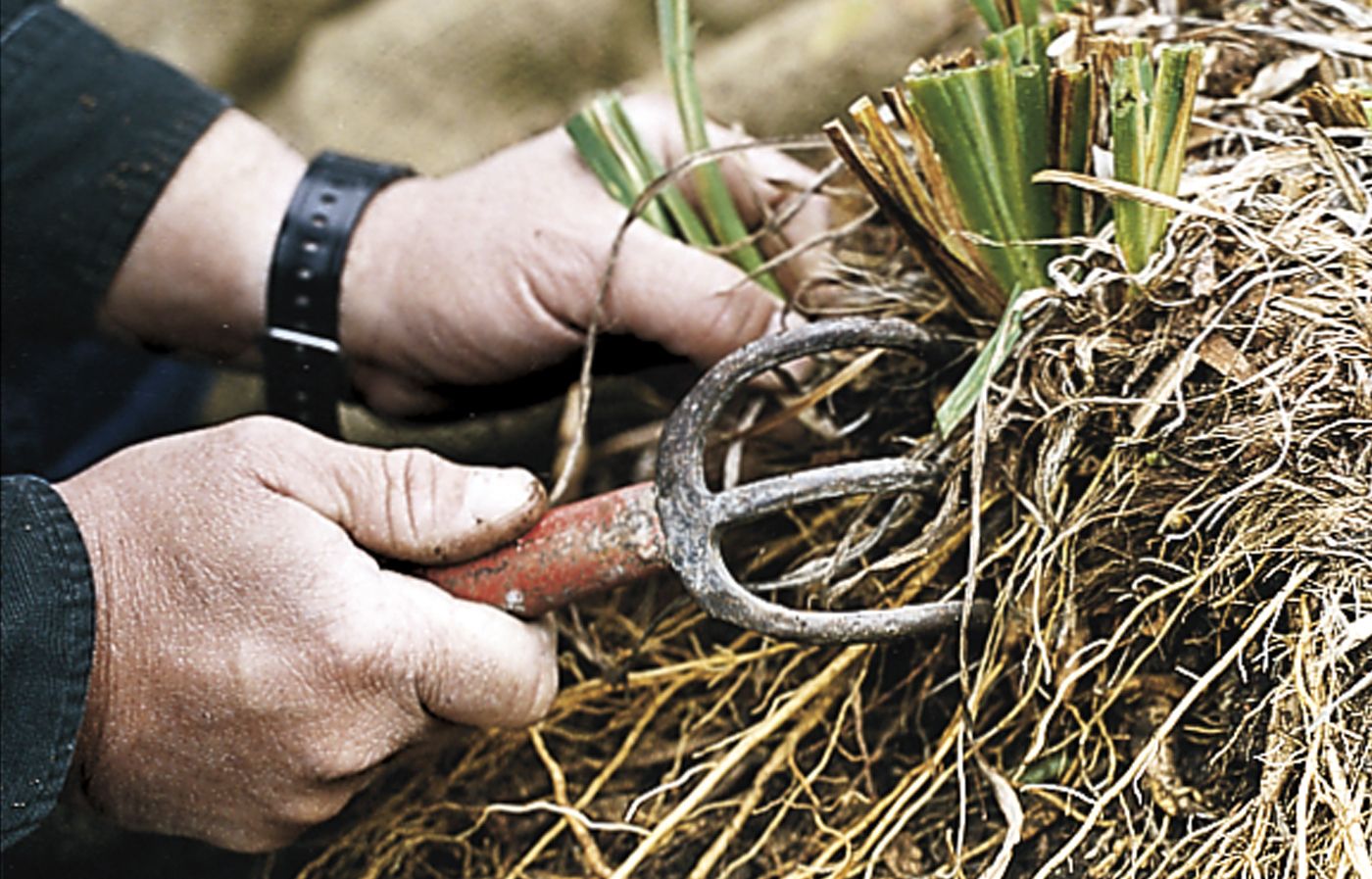
If you want to cover a large area, however, you may want to divide plants into individual fans. Do this by teasing them apart with your hands.
Step 5: Make Sure You’ve Created a Healthy Division

Each new division should consist of a single fan of leaves with a cluster of roots attached.
Step 6: Replant the Divided Clump
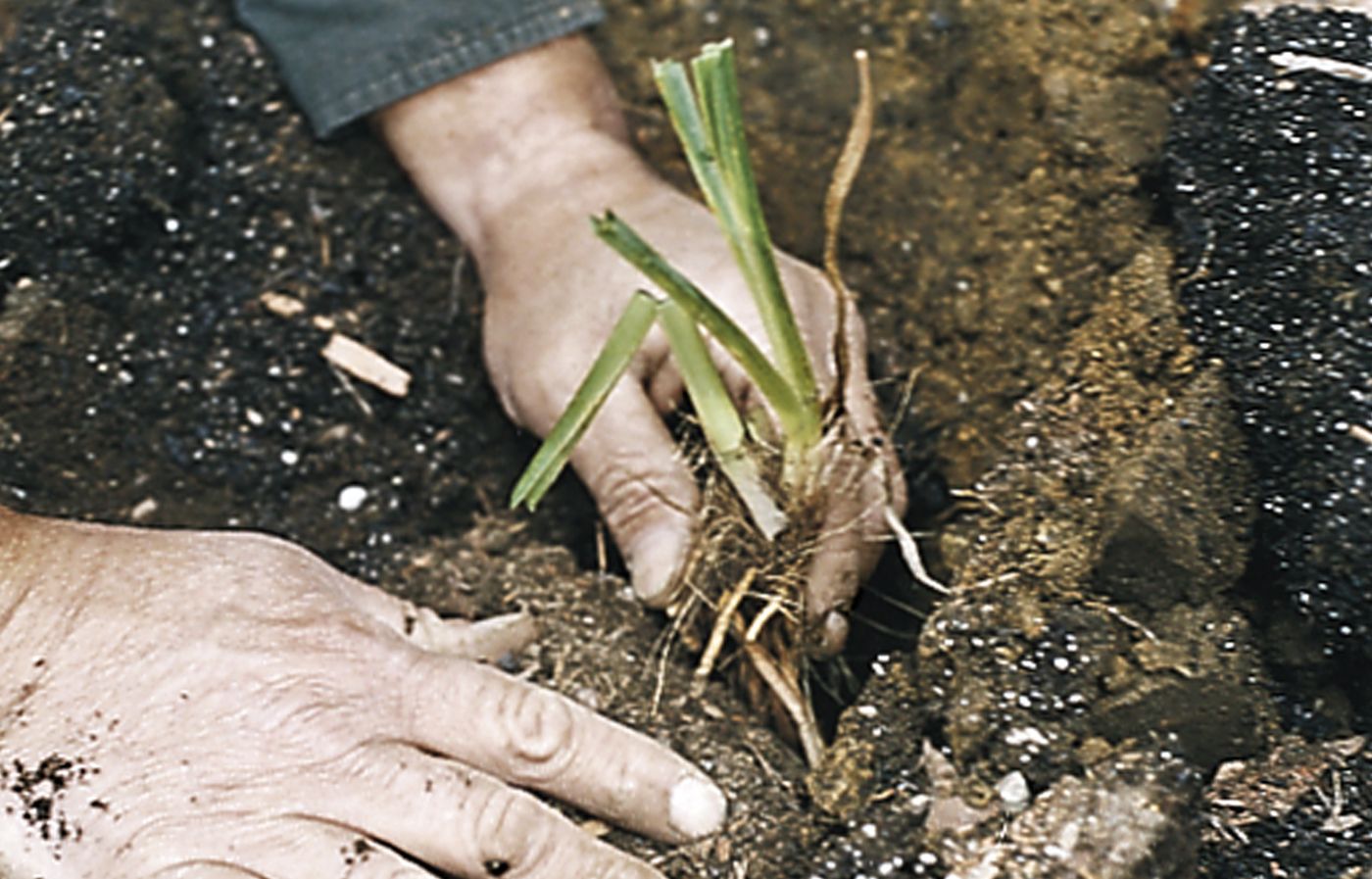
Replant the fans in well-prepared soil 6–12 inches apart, depending on how established you want your bed to look. Plant daylilies so that the crown (where the roots and leaves meet) is just below the soil surface. Ensure the roots are spread out in the planting hole and covered with soil.
Aftercare for Divided Daylilies
Dividing and replanting your daylilies isn’t where the project ends. You’ll need to tend to the new plantings to successfully establish and grow them. Here are some tips to follow.
- Fertilizing: To encourage healthy growth, fertilize the daylilies with a balanced, slow-release fertilizer. Follow the manufacturer’s instructions for the correct application rate.
- Mulching: Apply a layer of mulch around the base of the plants to retain moisture and suppress weeds. Mulch also helps maintain an even soil temperature.
- Watering: Water the divided daylilies regularly, especially during the first few weeks after planting. Keep the soil consistently moist but not waterlogged.
Common Mistakes To Avoid When Dividing Daylilies
Avoid these common missteps when dividing daylilies:
- Improper timing: Avoid dividing daylilies when they are in bloom or during extreme weather conditions. Planting during high heat or winds will cause them to not soak up as much water as they need or take root that strongly. Stressing the plants can lead to poor establishment and growth.
- Neglecting aftercare: Neglecting watering, mulching, or fertilizing daylilies in the weeks after division can hinder their growth.
- Overcrowding: Do not plant the divisions too close to each other. Give each plant enough space to grow and spread out. Overcrowding means you’ll constantly need to divide the plants to prevent malnourishment.
Troubleshooting Daylily Division
Even with careful attention planning, you may encounter some challenges when dividing daylilies. Here are some common issues and how to address them:
- Disease problems: Daylilies are generally disease-resistant, but they can occasionally suffer from issues such as rust or leaf streak. Remove and destroy affected foliage to prevent the spread of diseases.
- Pest infestation: Daylilies can attract pests such as aphids, spider mites, and slugs. Inspect the plants regularly and use appropriate organic or chemical treatments to control infestations.
- Slow growth: If your divided daylilies are not growing as expected, check the soil quality and ensure they receive enough sunlight and water. Adding compost to the soil can improve fertility.
Maximizing Daylily Growth After Division
Follow these tips to maximize growth and ensure your daylilies thrive after division.
Adequate Spacing
Plant the daylily divisions with sufficient spacing to allow air circulation and prevent overcrowding. Proper spacing also reduces the risk of disease and promotes better growth.
Regular Maintenance
Maintain a regular care routine, including watering, mulching, and fertilizing. Consistent care ensures the divided daylilies receive the necessary nutrients and moisture for optimal growth. Regularly remove dead flowers to encourage more blooms and prevent seed formation, which can steal energy from the plant.
Soil Improvement
To improve fertility and drainage, enhance the soil with organic matter, such as compost or well-rotted manure. This will provide a healthy environment for the divided daylilies to establish their roots. Daylilies prefer loamy, well-drained soil conditions with a pH range of 6.0–7.0. Soil that’s too acidic or alkaline can affect flowering.
Our Conclusion
Plan to divide your daylilies every few years to prevent overcrowding and maintain vigorous growth. Divisions bloom sparsely in the first year, but once they’re established, they grow in beauty and flower abundance.
